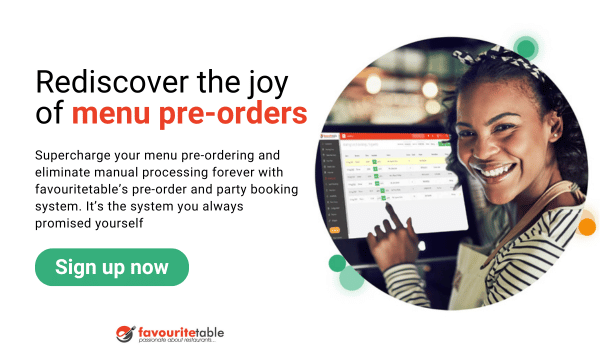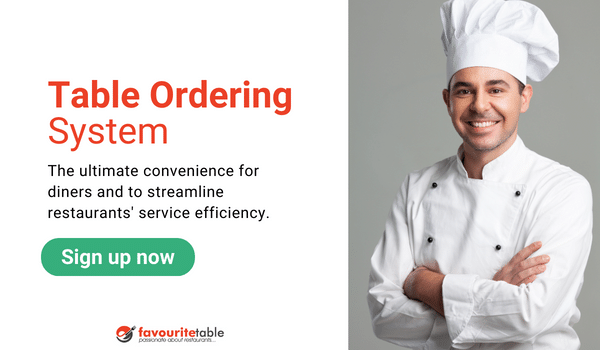Blogs
How to Open a Restaurant in the UK (A Step-by-Step Guide)
The UK restaurant industry is expansive, multi-billion pound, as diverse and dynamic as its culture.
However, competition in this space can be fierce; opening a restaurant requires not only delicious cuisine but also business acumen, legal know-how, creative flare, and technical know-how - not something simply served up on plates alone!
Dreaming of opening a successful restaurant can be thrilling for an aspiring restaurateur, yet navigating its labyrinth of permits, menus, and marketing can be daunting.
This guide will walk you through each essential step to getting your restaurant up and running in the thriving UK dining scene so that success comes to you rather than vice versa!
1. Market Analysis
Before creating specials or choosing napkin colors, conduct a market analysis. Gain an understanding of your audience.
Understanding the UK Restaurant Market
Market research should serve as your compass in business. Analyse current industry trends, UK eating-out habits, and economic indicators affecting this sector to gain an insight into what works, what could become popular trends, and where there might be room to create niche opportunities.
Target Demographics and Competition
Define your ideal customers and assess competition in your desired location, taking note of price points, cuisine types, and customer loyalty programs. This knowledge will enable you to design a menu that appeals to your palate and wallet while standing out among crowded restaurants.
2. Registration of Your Business
No matter whether your new venture will be a Limited Company or Partnership, registration with Companies House should always be the starting point. Be sure to select an appropriate business structure regarding liability and tax considerations.
Acquisition of Licenses and Permits for Compliance Purposes
The UK regulatory environment is rigorous, for good reason. You will likely require licenses for alcohol, entertainment, and various activities, depending on your services. Compliance will help avoid fines while showing customers your dedication to their safety and enjoyment.
Compliance with Food Safety Regulations.
Food Standards Agency guidelines focus on food hygiene, avoiding contamination, and avoiding allergen management for clear labeling. Compliance audits are conducted regularly to maintain high standards.
3. Location and Concept
A successful restaurant often rests on two factors: location and concept.
Locating Your Target Market
An idyllic setting could be wasted if it fails to attract your target customers. At the same time, city center locations may be inexpensive if your concept relies on rural serenity.
Develop a Unique Restaurant Concept
Your concept is your calling card - encompassing both cuisine and visual theme, the story of food preparation, and the desired customer experience.
A clear and unique concept helps diners remember your name and keep coming back for more of the same exceptional dining experience.
4. Business Plan and Funding
Your business plan is your roadmap to success and ticket to funding.
Create a Comprehensive Business Plan
Your business plan should contain comprehensive concept details, a target market, competitive analysis, financial projections, and operational plans.
It should also serve as an ongoing document that changes as your company develops, making a compelling case to investors for investment.
Explore Your Funding Options
Your funding options range from traditional bank loans and angel investors all the way up to newer crowdfunding techniques like GoFundMe or Indiegogo.
Each path offers its advantages and disadvantages; understanding which path best meets the needs of your venture is of utmost importance. When pitching, sell yourself and your financial acumen along with expected returns potentials for success.
5. Menu Development and Suppliers
Your menu is more than a mere list of dishes; it serves as the voice of your brand and its flavor profile.
Designing a Menu that Resonates With Target Audience
Bring market research findings to bear when creating your menu. Strive for a balance of trendy items with timeless classics, catering to everyone, including those with dietary restrictions. Price items strategically to attract the target demographic.
Use an effective tool that can help create menus for pre-orders. Favouritetable can help you with that.

Establish Reliable Supplier Relationships
A practical kitchen depends on a reliable supply chain. Develop relationships with suppliers who share your commitment to quality and service; in addition to being produce providers, suppliers can often offer valuable insights and assistance as you grow your business.
6. Interior Design and Equipment
Feel is as crucial to creating an inviting dining experience as taste.
Establishing an Ideal Restaurant Design to Ensure Customer Satisfaction
Architecture in your dining area should take your customers on an experience of comfort and culinary pleasure, creating the right ambiance using lighting, colors, and textures.
Quality Equipment for Kitchen and Dining Area, Part One Quality is paramount for your kitchen and dining areas.
While equipment should be of top-tier quality, leasing or purchasing second-hand may help ease financial strain.
Consider investing in cutlery, dishes, and glasses that reinforce your brand experience within these spaces.
7. Hiring and Training Staff
Find staff that meet their roles and contribute to your vision for customer service and culinary execution. Skilled chefs, servers, and management personnel should be considered expenses and investments in your future success.
Training of Staff on Customer Service and Operations Management.
An extensive training program ensures all employees understand their role in the restaurant's success.
Training staff to become positive brand representatives can transform good employees into outstanding brand advocates.
8. Marketing and Promotion
Your restaurant's marketing is its voice in an otherwise noisy market.
Craft a Marketing Strategy to Attract Customers
From creating an online presence to taking advantage of local print media outlets, the range of tactics your marketing plan uses must match that of its prospective patrons.
Collaborate with food influencers in your area for a more targeted and better reach.
Utilizing Social Media, Local Partnerships, and Promotions
Social media may be necessary, but considering the power of local partnerships and events, contributing positively to the community will likely pay dividends later.
Favouritetable has a marketing module that can help you bring more diners. More details here.
Always Remember
Opening a restaurant in the UK takes work, yet it is an industry rich with innovation and expansion potential.
While success may not be guaranteed, with careful planning, creativity, and entrepreneurial drive, you can turn your restaurant dream into a thriving reality.
Remember to integrate a reliable table ordering system in your restaurant to make it easy for diners to reserve a table in advance.

Now take these steps, open those doors, and invite everyone from across the UK to your table!




